Tim Shaw grew up in Manchester, Massachusetts, and summered on Cuttyhunk Island, the end of a chain of small islands west of Martha’s Vineyard, so his childhood was steeped in traditional wooden boats. In his tween years he got his first taste of boatbuilding when a friend on Cuttyhunk built a sailing pram and, soon afterward, he looked on as his father built a pram for the family. As a teen, Tim sketched small boats inspired by traditional forms. During the summer after his freshman year at high school, his parents gave him the okay to build a Gloucester Light Dory in the space that had been his playroom when he was younger. When he went off to college, he thought he'd become a yacht designer, but an unpleasant math class in the first semester brought that ambition to an end. For the next decade, Tim turned his attention elsewhere.When Tim married, he and his bride, Lisa, went to Hawaii for their honeymoon and during a walk on a beach on the coast of Kauai they saw an outrigger canoe. “I was instantly transfixed by the blend of modern and traditional,” he recalled, “and, despite no experience with such a craft, I decided this was the sort of boat I needed to have.”The couple moved to Alexandria, Virginia, and there Tim was able to begin gathering boatbuilding skills at the Alexandria Seaport Foundation during Tuesday open-shop evenings and at the Apprentice for a Day program at the Chesapeake Bay Maritime Museum in St. Michaels, Maryland. He also spent a week at WoodenBoat School taking a class in boat design, reconnecting with the vision he had once held for his future.
Join The Conversation
We welcome your comments about this article. If you’d like to include a photo or a video with your comment, please email the file or link.
Comments (2)
Leave a Reply
Stay On Course


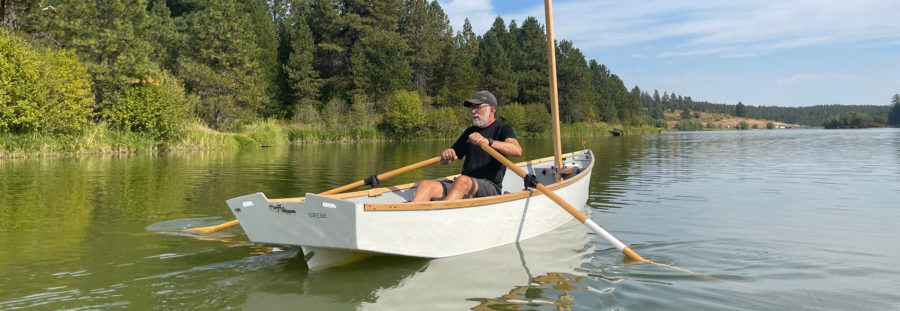
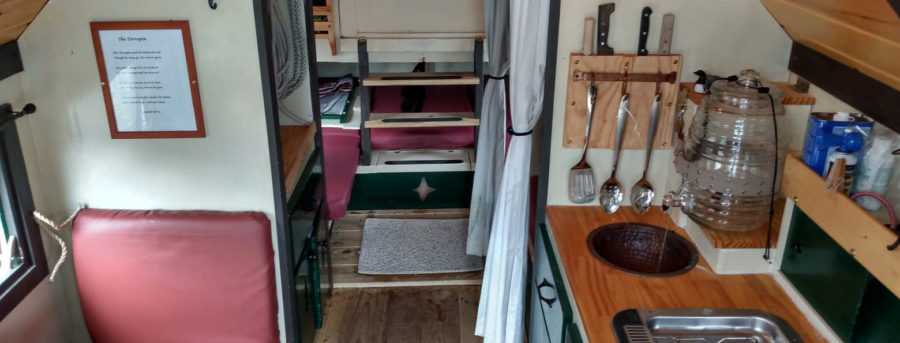


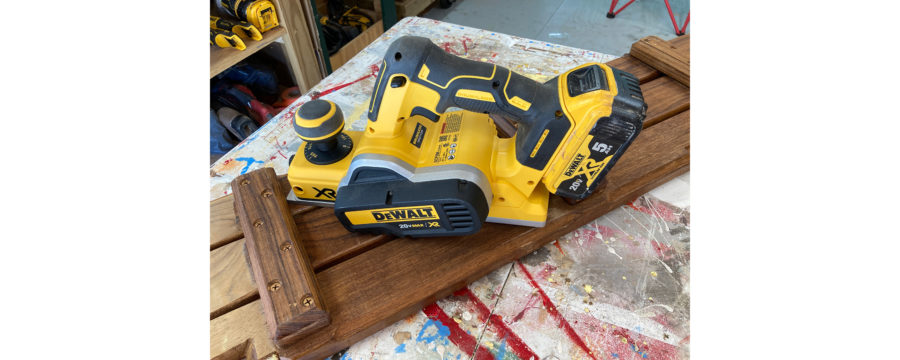
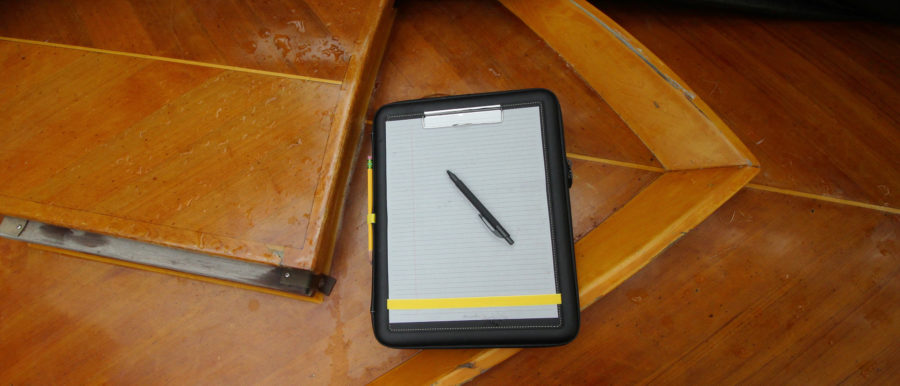
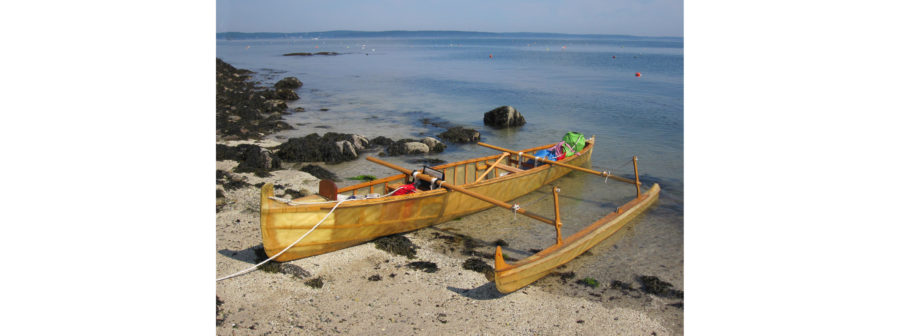
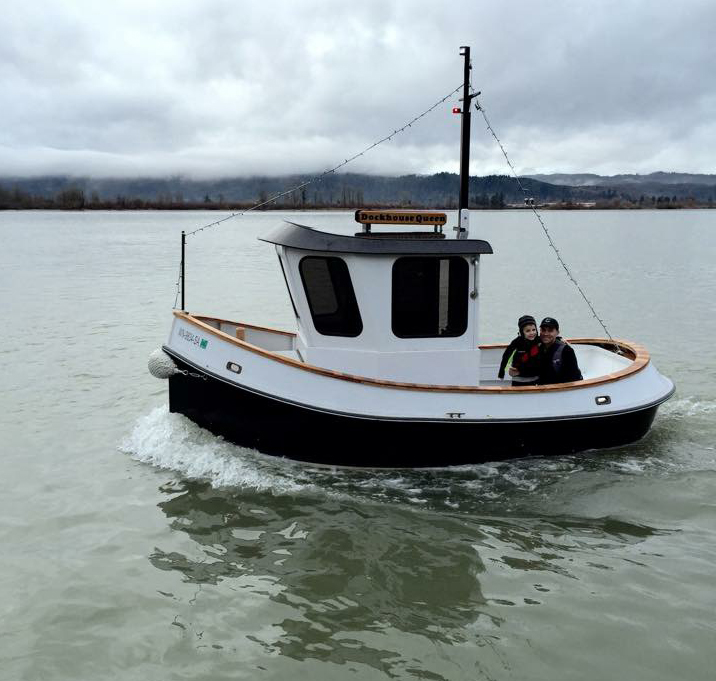
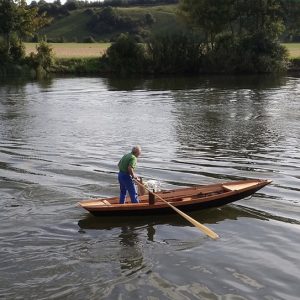
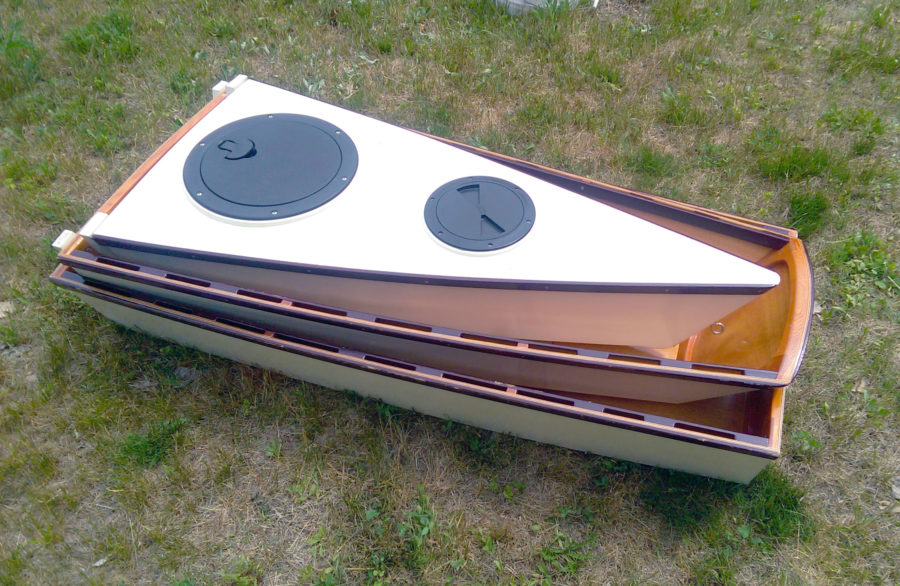
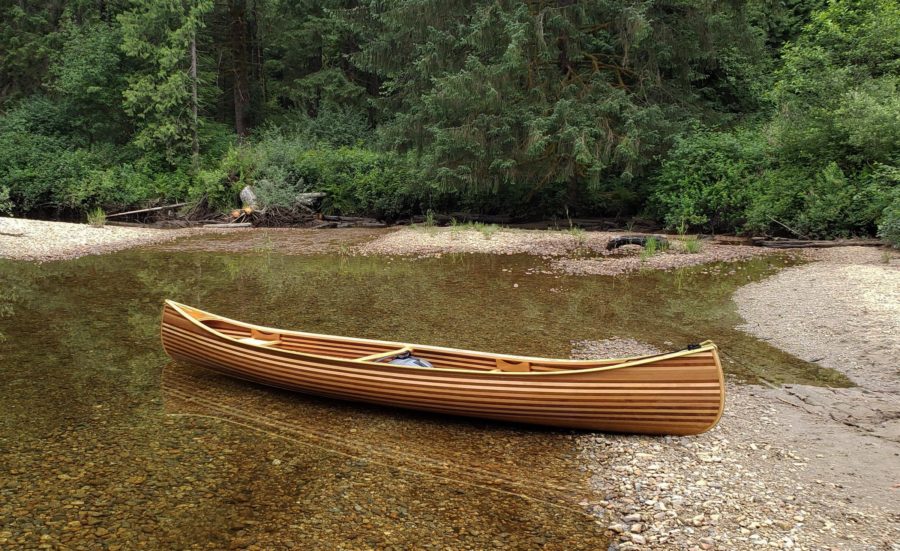
Great article! I have had a dream of building a proa. The more I read about skin-on-frame version, the more I get motivated. Thanks!
Phil Bolger has plans for a proa in one of his books.